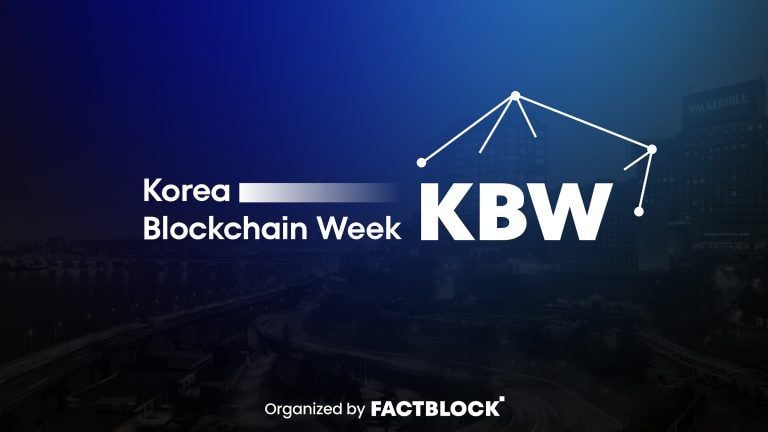California’s transportation secretary faces storms, budget cuts
6 min read
Toks Omishakin, secretary of the California State Transportation Agency, remains optimistic about the state’s transportation outlook despite a trying start to his second year in the role.
The second week of January brought budget trigger cuts announced in Gov. Gavin Newsom’s preliminary budget that could slash the state’s transportation budget by 15% and a series of storms estimated to cause nearly $1 billion in damage throughout the state, including to the state’s roadways and bridges.
Some roadways collapsed completely, landslides covered others, sinkholes formed on some highways, and a pier near Santa Cruz was split in half in an onslaught of atmospheric river and bomb cyclone storms that began Dec. 27 and lasted through Monday, making work for the California Department of Transportation, a key part of Omishakin’s portfolio at the agency.
“At the peak of the storm, 62 roads were closed,” Omishakin said. “That is pretty significant. Caltrans had 4,000 crew members working 12-hour shifts.”
As secretary, Omishakin serves a cabinet-level position overseeing eight departments and divisions, including Caltrans, which is in charge of 50,000 miles of highway and 20,000 bridges.
He was appointed CalSTA secretary in February 2022, after serving as director of Caltrans since 2019. In his current position, he also oversees the California High-Speed Rail Authority. The agency also provides permitting of more than 400 public use airports, funds three of Amtrak’s intercity rail services and provides transit support to more than 200 local and regional transit agencies.
“It’s a very busy year, because of the impacts that weren’t foreseen, but overall with the policy guidance we have from the governor, and the funding from the governor and Legislature, and the Infrastructure Investment & Jobs Act from the federal government, I think we are faring well,” Omishakin said.
Almost all of the state has received rainfall totals of 400 to 600% above average between Dec. 26 and Jan. 9, and some areas of Ventura and Santa Barbara counties saw over 16 inches of rain in just two days, according to the National Weather Service.
“The early estimates are in the nine figure range in terms of cost, but it’s too soon, because we are just a day into not experiencing heavy storms,” Omishakin said Tuesday.
With a federal disaster declaration from President Joe Biden, a significant share of the costs of cleanup will be borne by the federal government, said H.D. Palmer, a spokesman in the state Department of Finance.
Biden approved an expedited major disaster declaration on Saturday, which means federal aid will be available to the state and local governments for hazard mitigation assistance. The federal assistance will reimburse local and state governments for 75% of the cost to repair infrastructure and other necessities. It also provides assistance to individuals. The directive means that local governments in the most damaged areas could pay as little as 8.5% of the cost.
On Wednesday, Monterey, San Luis Obispo and Santa Barbara counties were added to the major disaster declaration that had included Merced, Sacramento and Santa Cruz counties when it was initially announced last weekend. An estimated 40 of the 58 counties in the state have been impacted by flooding.
“There is a light at the end of the tunnel,” Omishakin said. “The prediction is that we won’t see that level of precipitation going forward. With the governor’s emergency declaration and the president’s support, there are steps we have been able to take.”
That includes expediting contractors to address potholes and reduce safety concerns, Omishakin said. “One of the benefits of an expedited emergency declaration is that we were able to get funds for emergency repairs.”
The Biden administration’s IIJA bill will also help the state supplement transportation programs affected by an estimated $22.5 billion state budget deficit for fiscal year 2023-24.
When Newsom announced his preliminary budget on Jan. 10, it included trigger cuts to some programs to close the gap. Among those is a plan to reduce the transportation budget to 85% of what was funded in last year’s budget, a $2.7 billion cut, Omishakin said. The majority of that $2.7 billion, roughly $2 billion hits the transit and intercity rail programs.
“The state’s Department of Finance put in place a trigger, so that if revenues come back to what was anticipated before the gloomy forecast, within the next 11 or 12 months, it would be put back in place,” Omishakin said. “In the meantime, there will be no impact to that transit program. The projects we were planning this year will move forward. It would affect the outer years, if the monies don’t come back.
“I think despite the 15% haircut that we are faring pretty well overall, especially with the federal money,” he said.
California is expected to receive $41.9 billion from IIJA over the next five years with $14 billion going toward transportation.
“We look at the money as supplementing funding, we were already setting aside for our major priority areas,” Omishakin said.
That funding will help the state deal with construction costs that have increased by as much as 25% “in the materials used to build and maintain our highway infrastructure,” Omishakin said.
“If there is any sort of silver lining out of that, I will go back to the fact the IIJA and Senate Bill 1 are going to make a big difference,” he said.
Senate Bill 1 was a gas tax increase approved by the Legislature in 2017 to raise $5.4 billion annually for 10 years for road and highway maintenance and repair. Republicans tried and failed to repeal it in 2018.
“We did get more dollars from the federal infrastructure bill than any other entity in the country,” he said.
“All the things the Biden-Harris administration has prioritized, such as climate and equity, we have been leaders at in California for many years,” Omishakin said. “As the discretionary money comes, and the formula money comes down, we are going to be at the head of the pack.”
He pointed to the state’s highways to boulevard program, which mirrors the reconnecting communities program set up through IIJA. Both programs are designed to right historic wrongs created when highway projects divided minority and lower-income communities, destroying their sense of community along with businesses, homes and churches.
“The federal reconnecting communities program is a $1 billion program over five years,” Omishakin said. The state has budgeted $150 million that will be matched by $200 million over five years from the federal government, he said.
Omishakin said the state has also designed policies to help prevent it from repeating past mistakes as it builds high-speed rail, which if done wrong could also split communities and end up in the loss of small businesses significant to the community.
“Both federal and state laws have some guidance to make sure environmental justice occurs in communities, and to make sure we minimize and mitigate the impacts,” he said.
He added that he “is hoping there is a cultural shift happening on issues related to equity and it’s becoming ingrained in all policies.”
The state’s Climate Action Plan for Transportation Infrastructure, unveiled in draft form on March 10, 2021, includes an equity statement.
The CAPTI plan outlines recommendations on investing billions of discretionary transportation funds annually to aggressively combat and adapt to climate change while supporting public health, safety and equity. It builds on executive orders signed by Newsom in 2019 and 2020 targeting reductions in greenhouse gas emissions in transportation, which account for more than 40% of all emissions, to reach the state’s ambitious climate goals, according to the proposal.
“Our focus is on responsibility to people, regardless of their gender, ethnicity or religion, not just to a project,” Omishakin said.
Though some detractors say the state should halt the high-speed rail project in favor of repairing roads and building out an electric car charging station network to meet its climate goals, Omishakin doesn’t see it as an either-or situation.
“I think we need to continue to lead the way on electric vehicles,” he said. “The governor has set aside $5 billion for his EV plan. We are doing far more than many other nations around the globe.”
He noted the market for EVs continues to grow: today, they are 18% of new car sales.
But a recent trip to Japan also cemented his commitment to high-speed rail.
Japan, he said, is doubling down on investments to high-speed rail; and China has built 25,000 miles of high speed rail in the last 20 years.
“We need to stay on track with high-speed rail if we want to compete with those markets,” he said.
When asked to give the state a grade on its progress, he gave the state an A-minus in transportation on its vision, policy and funding, and as it relates to outcomes for people in the state, he would assign a B grade, because “we still have work to do to get to a point where we really see positive outcomes.”







